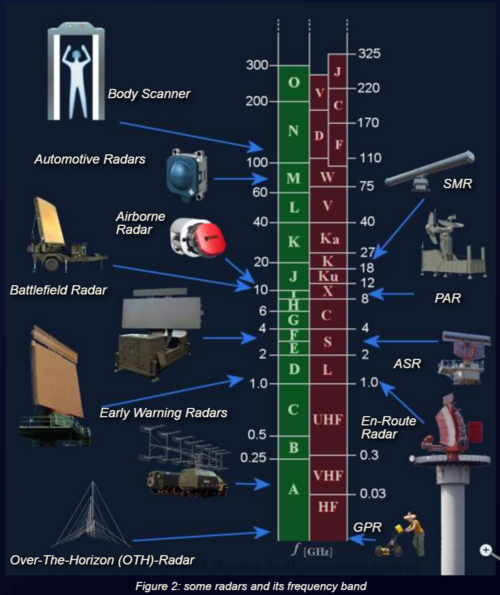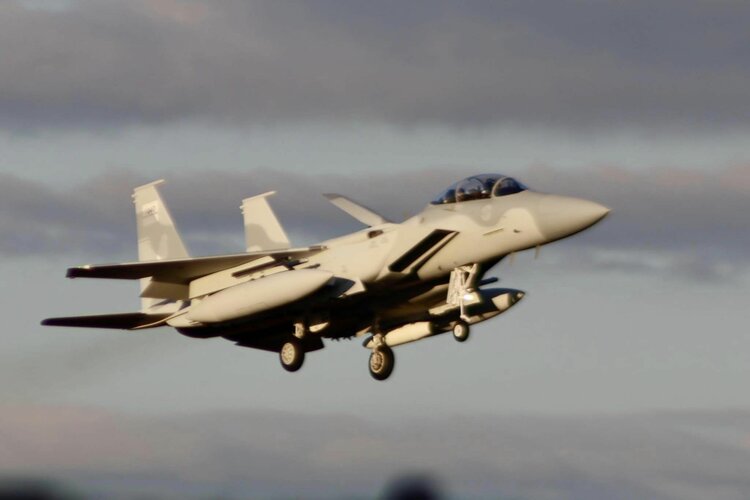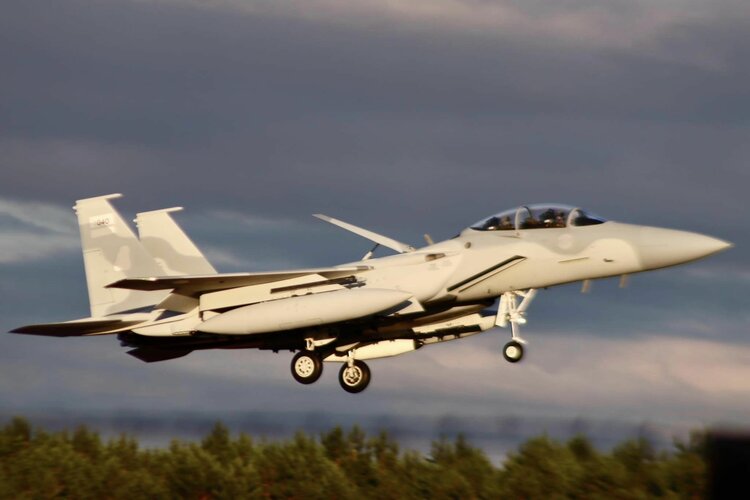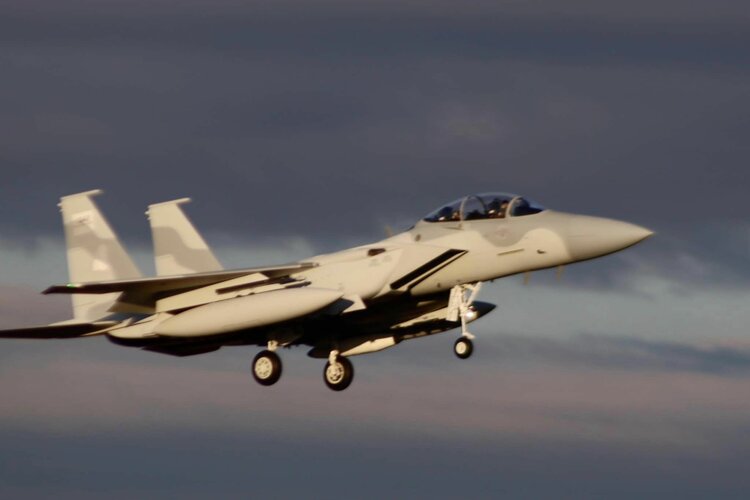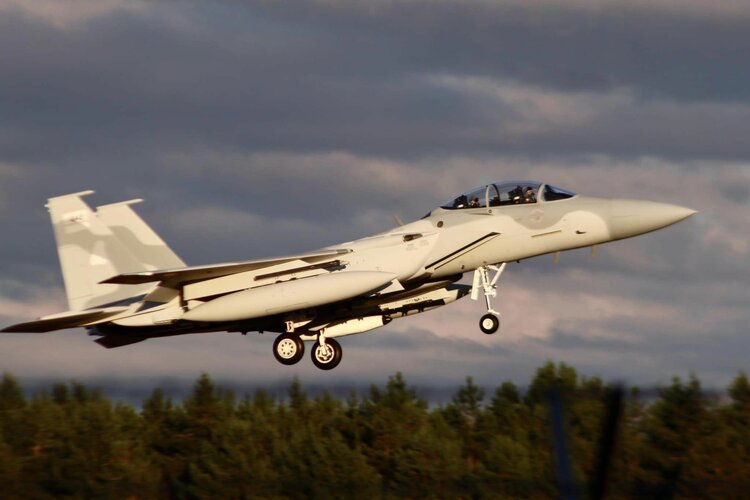The 99 mid bands are ancient and ineffective. The NGJ is effective in its frequency range, but what exactly is it going to be jamming? What opponent weapons use frequencies that it would cover? As for opponent fighter radars - just use the F-15s radar instead, same as F-35.
The USN has unique defensive jamming requirements that make NGJ more useful. However even they have noted that the Growler effectively has a combat radius of ~ 300nm due to the drag. So it is hard to support offensively. The MALD-N seems to be the main offensive counter measure. I suspect that a billion no competition contract to Raytheon last year was in fact a multi year buy of several thousand MALD-Ns.
my "Jam Eagle" notion would mainly try to impede the sensors on things like enemy surface-to-surface missiles, enemy cruise missiles, and enemy anti-surface swarm drones, once they enter friendly airspace.
Obviously, there would be a major effort to prevent that from happening in the first place, but I think it's just a reality that a lot are going to get through. For example, in a Taiwan Straights scenario, there's no earthly way of getting 5th gen fighter coverage over the entire southern and eastern coast of China. A lot of missiles and drones of a wide variety of types are going to come swarming in at your Kadenas, Guams, and so on, and mainly with an eye toward disrupting or denying the use of those airfields.
Therefore, I conclude that there is a big need for airbase defense, and more generally for air defense against missiles and drones of a more quotidian sort than you want to, or can, fire THAAD or Patriots against. A lot like the Navy's fleet air defense needs, and a lot like Ukraine's situation today, these bases, and valuable assets in general, will have some kind of BARCAP coverage flown by fighters, and since the foreseeable future still involves the US having a lot of 4th gens, I think it's worth planning for situations where older designs need to make contributions to high intensity conflicts. Since F-15s (American, Japanese, South Korean, etc) will probably play a big role in air defense in a scenario like this, I'm looking to maximize their chances of defeating not just your classic penetrating enemy fighter-bombers or large cruise missiles, but a much wider range of smaller, cheaper stuff like Ukraine is facing today, or like the swarm attacks of tomorrow.
And my proposal with the Jam Eagle is to do that by trying to create a kind of electronic barrier through EW area effect blanketing, emitting continuously from the same assets you already have flying overhead flying classical air defense coverage. By just pumping out really enormous amounts of power in the spectra and waveform styles used by lower end systems, I'm hoping to break a lot of kill chains early by disruptive jamming, before you even consider engaging specific targets, on the theory that cheap mass attacks will tend to involve cheap, vulnerable sensors. And then of course, afterwards, the Jam Eagle would follow up by using its AESA against whatever missiles it prioritizes afterwards, and then finally use AMRAAMs, Sidewinders, etc against the remainder (among those not being engaged by THAAD, Patriot, NASAMs, etc), all while also conducting classic air defense tasks.
So the hypothesis (and unproven assumption) is that the existing/in development pods may also have utility against those sorts of targets, or be readily modifiable for that.






